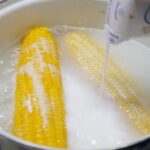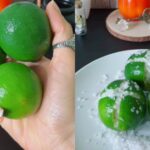It’s evident that our daily drinking water still contains a significant amount of minerals, which can impact our health if consumed in large quantities. Therefore, removing these deposits is necessary to protect our well-being. Additionally, cleaning the buildup inside our kettles can enhance their durability and longevity. So, what are some effective methods or tricks to achieve this?
1. Remove Kettle Deposits with Vinegar
Vinegar is not only an essential kitchen ingredient but also a powerful tool for cleaning calcium deposits from your kettle. For detailed instructions on this method, see the following steps:
– Firstly, pour water and white vinegar in a 1:1 ratio into your kettle, filling it to its maximum capacity. Note that if your kettle has a substantial amount of limescale buildup, the acid in the vinegar will react with the alkaline deposits, creating a considerable number of bubbles. Therefore, you may want to fill your kettle only halfway to avoid overflow.
– Next, boil the kettle and let the mixture soak for about an hour. Then, discard the mixture and rinse the inside of the kettle with clean water.
– If there is still some limescale remaining, repeat the above process a few times. You can adjust the vinegar-to-water ratio depending on the severity of the limescale buildup.
– Finally, if there are any minor deposits left, gently scrub them away with a sponge or cloth. Avoid scrubbing the heating element of the kettle as you may damage it unintentionally.
– Rinse and boil the kettle again with clean water until the vinegar smell dissipates, and your kettle will be ready to use again.
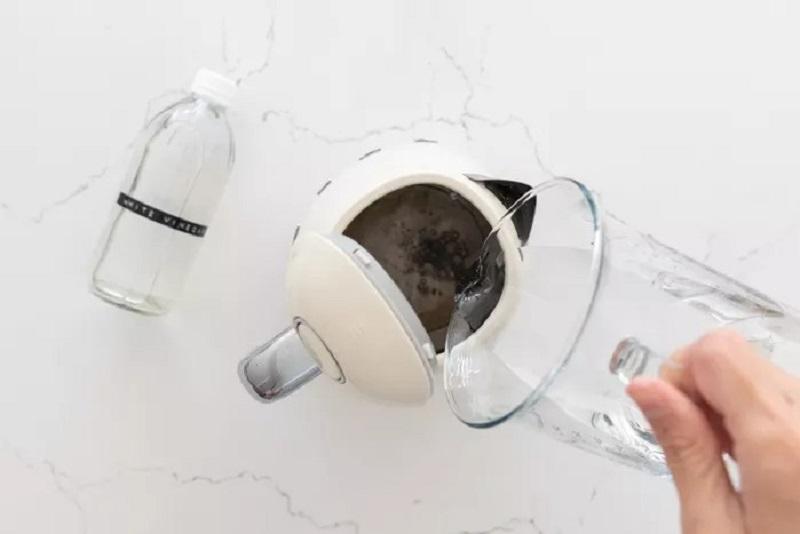
2. Lemon for Effective Deposit Removal
Lemons are rich in citric acid, which is highly effective in neutralizing and removing calcium and metal deposits from your kettle. For precise instructions, follow these steps:
– Firstly, fill your kettle with clean water up to just below the maximum mark.
– Next, squeeze the juice of one lemon into the kettle.
– Then, cut the remaining lemon peel into smaller pieces and add them to the kettle.
– After that, boil the kettle with the lemon-water mixture inside. Let the mixture soak for about an hour after reaching a boil.
– Finally, rinse your kettle with clean water, ensuring that all lemon residue and scent are gone.

3. Baking Soda for Powerful Deposit Removal
Baking soda, also known as baking powder, is a common ingredient in modern kitchens. It can be used to clean various household items, and it’s also highly effective at removing stubborn deposits from your kettle. Here’s how to do it:
– Firstly, fill your kettle to the maximum mark with water, then add 3-4 tablespoons of baking soda, stirring until the mixture is homogeneous.
– Next, boil the kettle and then let it cool down for about an hour.
– Finally, pour out the water and use a soft cloth to wipe the inside of the kettle clean. Rinse again with water to ensure no residue remains.
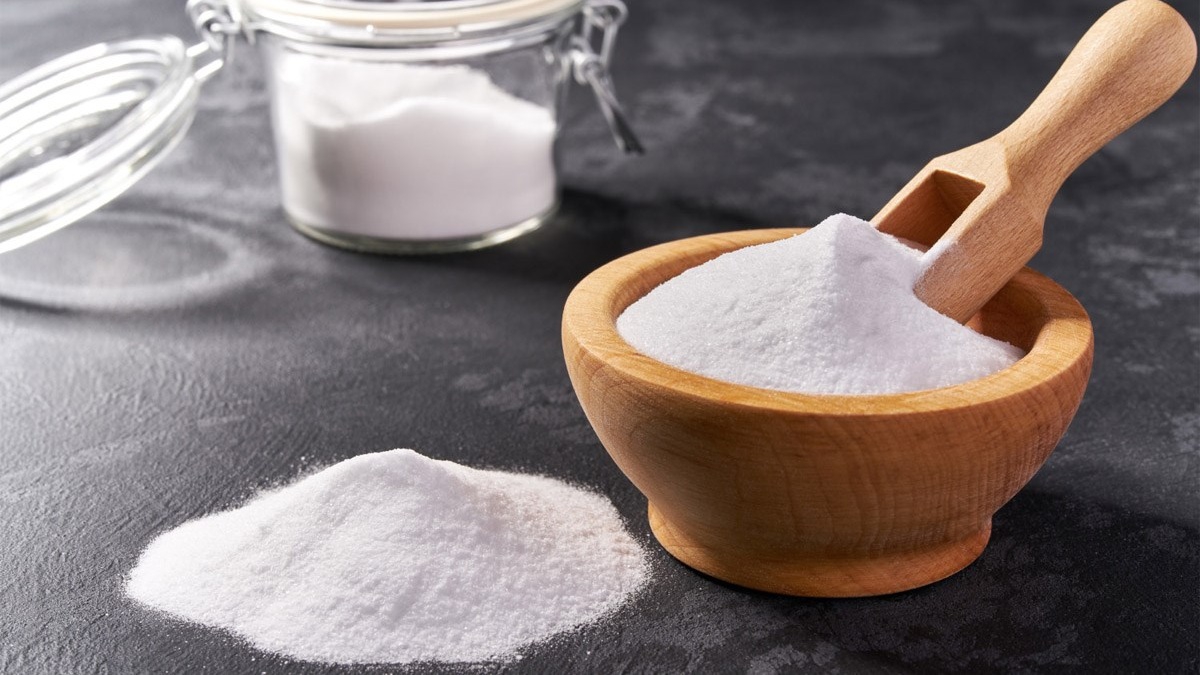
4. Cocacola – A Surprising Deposit Remover
You may have heard about the “miraculous” ability of Cocacola to clean toilets. But did you know it can also tackle the stubborn buildup inside your kettle? Cocacola contains high levels of carbonic acid, which is extremely effective against thick limescale deposits. Follow these steps to utilize this method:
– Firstly, pour Cocacola into your kettle until it reaches the maximum mark.
– Next, boil the kettle and then let it cool down for about 30 minutes.
– Finally, pour out the Cocacola and rinse the kettle thoroughly with clean water. You’ll be amazed at how spotless your kettle becomes.
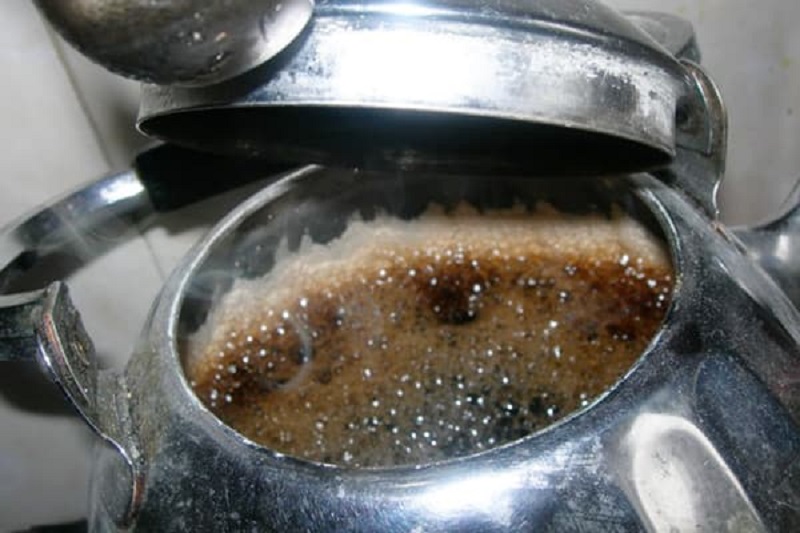
5. Specialized Deposit Cleaning Products
The market offers various specialized cleaning products designed to remove calcium deposits, buildup, and stains from kettles and other everyday items. These chemicals are highly potent and act quickly to eliminate stubborn residue. However, it’s crucial to follow the usage instructions on the product’s packaging to avoid damaging your kettle accidentally. Be sure to rinse your kettle thoroughly afterward to ensure no chemical residue remains.
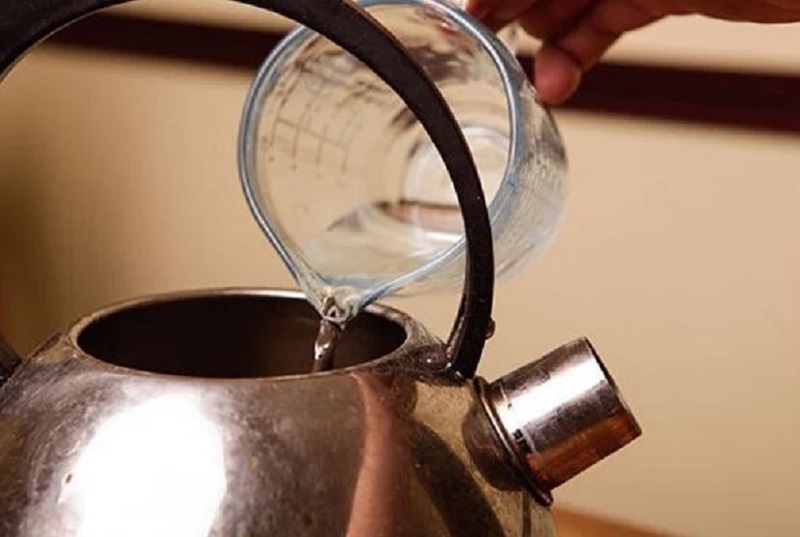
The Ultimate Guide to Corn on the Cob: Unlocking the Secret to Tender, Sweet Perfection
To enhance the flavor of boiled corn, there are a few secret ingredients that can make all the difference. By adding these ingredients, you’ll find that your corn is transformed into a softer, sweeter treat. It’s an easy way to take your boiled corn to the next level, and it’s a trick that every corn lover should know.
The Magic of Lemons and Salt by Your Bedside
Introducing the Power of Lemons and Salt: Unveiling the Ancient Practice of Bedside Wellness.
Does placing lemons and salt by your bedside hold hidden powers? It’s time to uncover the ancient wisdom and explore the intriguing benefits of this simple yet potent practice. Prepare to embark on a journey of natural healing and discover the transformative effects of these everyday ingredients.
“Attract Wealth and Prosperity: The Power of Lemons and Salt by Your Bedside”
Introducing a time-honored tradition with a twist – the powerful combination of lemon and salt. Placing sliced lemons and a sprinkle of salt at the bedside is believed to ward off negative energy and invite fortune and prosperity. This simple yet effective ritual has gained traction, with many swearing by its ability to cleanse and invigorate their space.


























